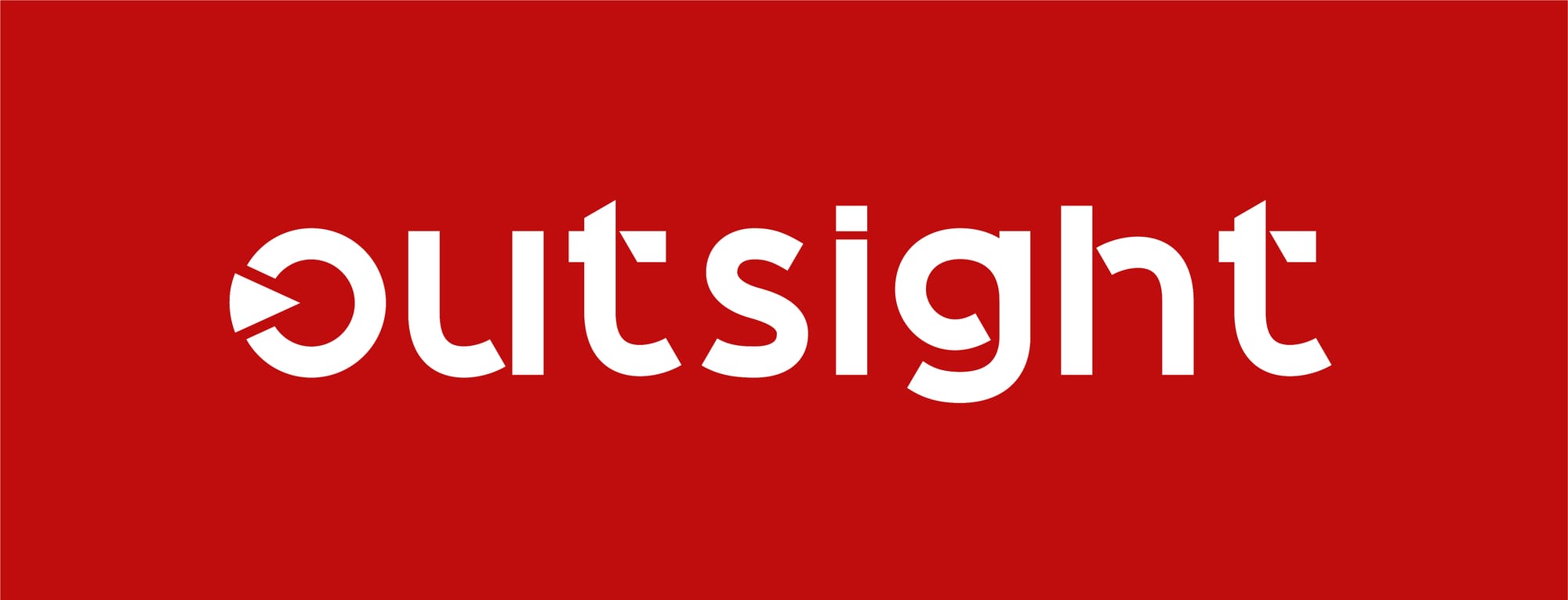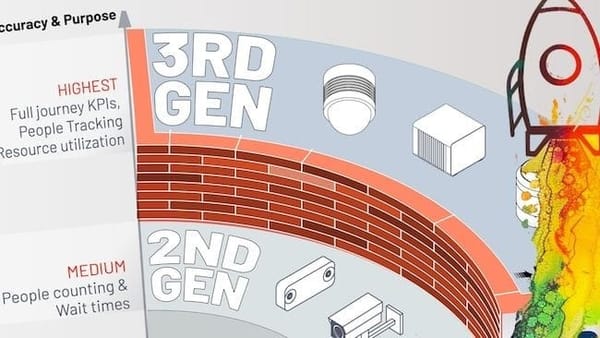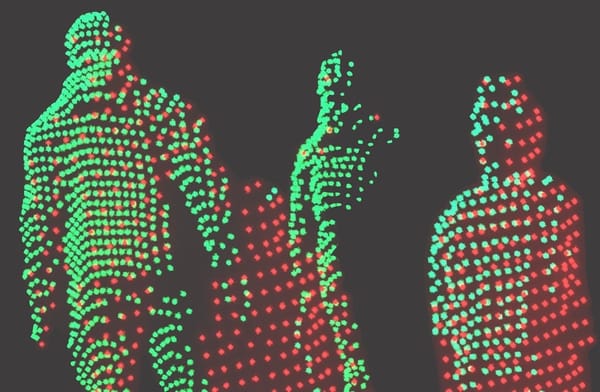How Spatial AI Is Transforming Crowd Management in Modern Venues
Spatial AI and LiDAR enable venues to monitor crowds in real time, improving safety, guest experience, and privacy while optimizing operations.
Introduction
Smart venues—ranging from stadiums to exhibition centers—are increasingly turning to advanced technologies to manage large crowds, ensure safety, and deliver memorable experiences. Among these innovations, Spatial Intelligence stands out as a pivotal development.
By harnessing real-time 3D data from LiDAR sensors, venue operators can now perceive and understand movement within their spaces more accurately than ever before.
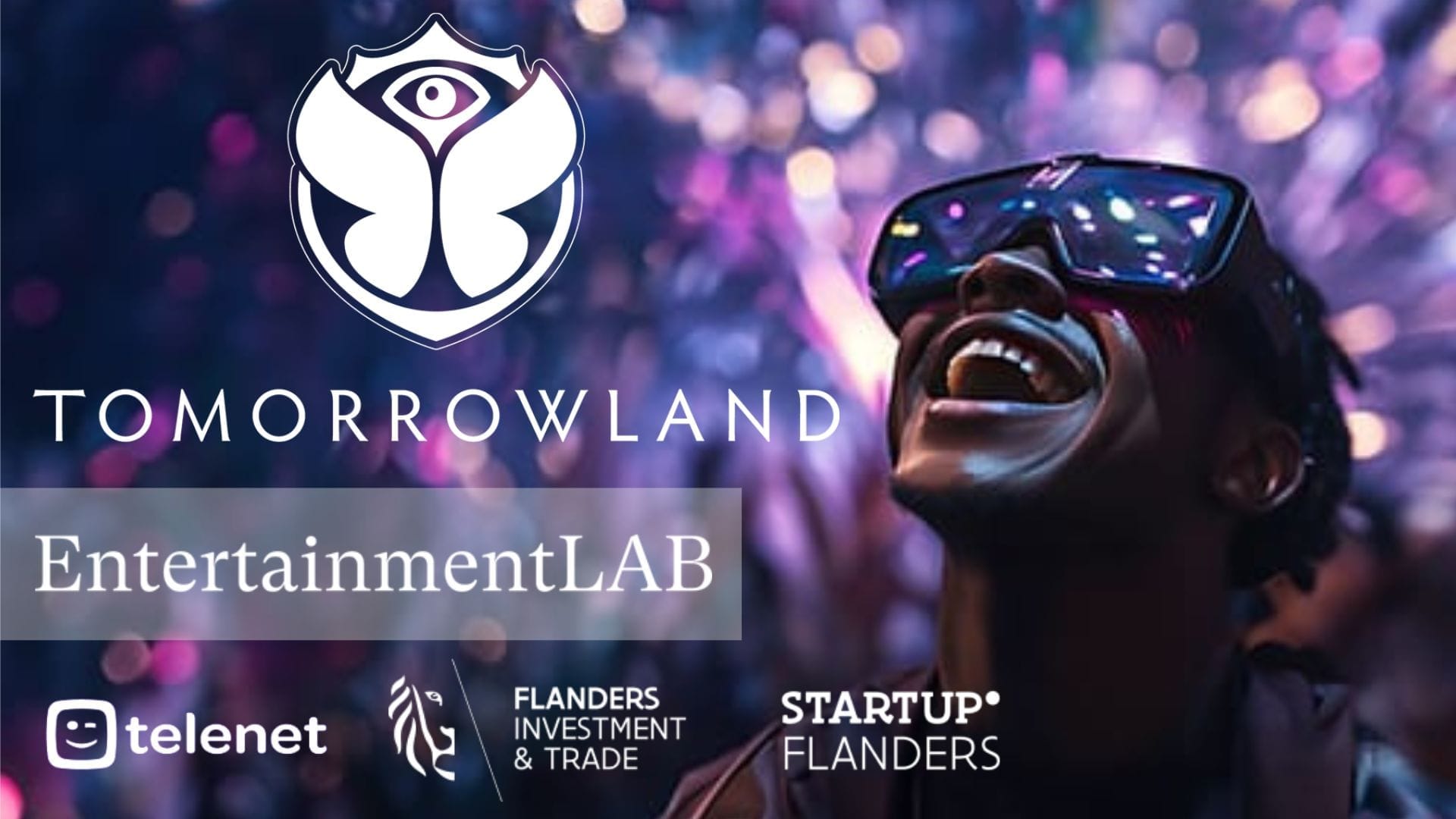
The Role of Spatial AI in Smart Venues
Spatial Intelligence solutions are designed specifically for environments where understanding crowd flow is essential.
Unlike traditional camera-based analytics that rely on visual cues subject to lighting or obstructions, these systems utilize LiDAR-generated 3D spatial data for uninterrupted monitoring.
For venue operators looking to optimize operations during concerts or sporting events:
- Real-time detection helps identify bottlenecks before they escalate.
- Dynamic staff allocation becomes possible based on live crowd distribution.
- Predictive modeling enables proactive responses during emergencies or surges.

By integrating these capabilities into daily operations, venues can adapt quickly as conditions change throughout an event.
LiDAR: The Backbone of Accurate People Counting
People counting has long been a challenge for large venues due to fluctuating attendance patterns and complex layouts. LiDAR technology addresses this by providing precise spatial measurements regardless of lighting conditions or crowd density.
Key advantages offered by modern people counting solutions powered by LiDAR include:
- High accuracy even when visitors are clustered closely together.
- Consistent performance indoors and outdoors—unaffected by shadows or glare.
- Seamless integration with existing building management systems for automated reporting.
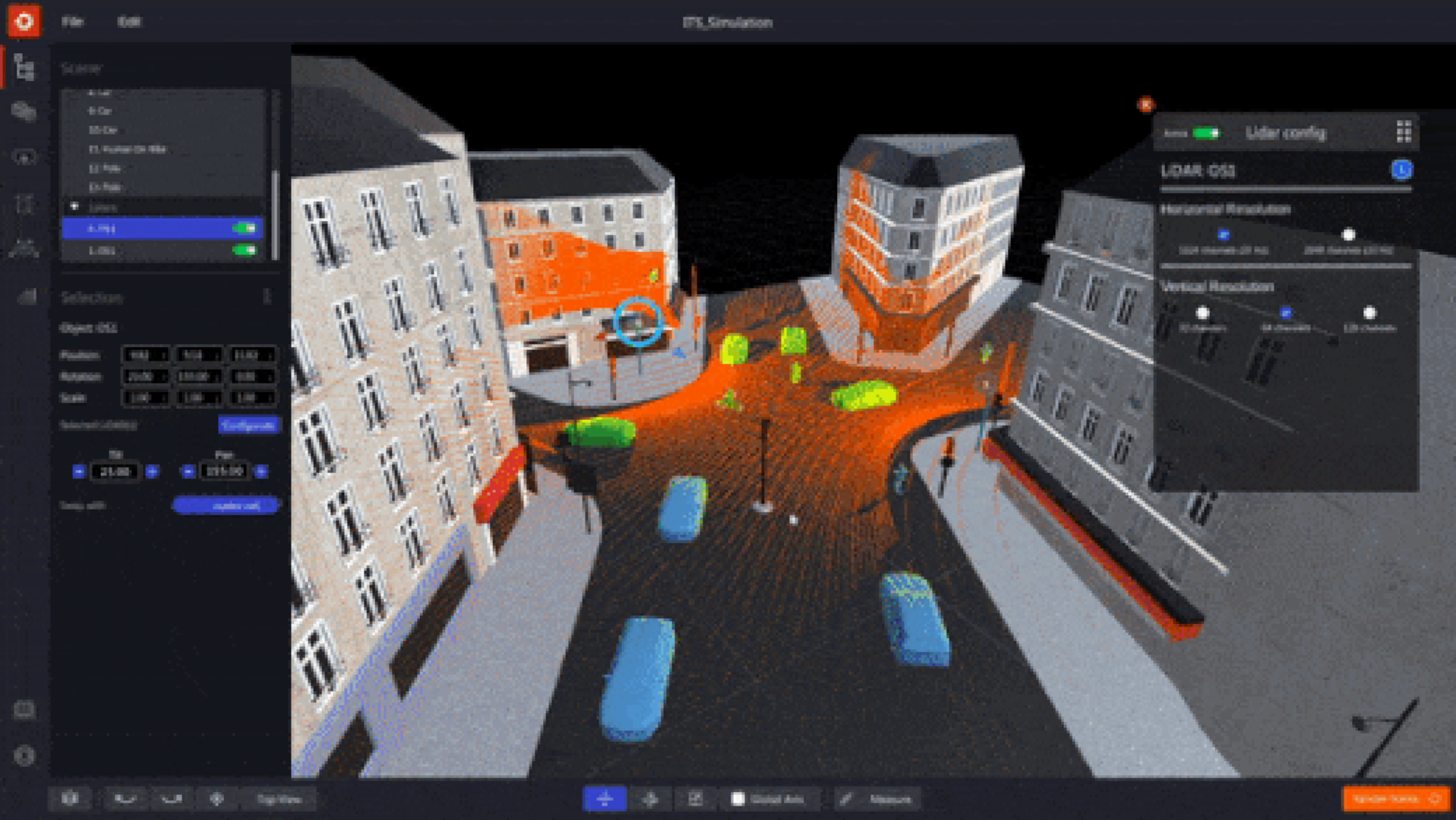
At Outsight, we have helped numerous international venues deploy scalable people counting platforms that support both operational efficiency and compliance requirements without compromising guest privacy.
Enhancing Safety and Visitor Experience Through Real-Time Insights
Crowd safety remains one of the highest priorities for any public venue. With real-time insights enabled by Spatial Intelligence platforms:
Operators benefit from actionable information such as:
- Live heatmaps showing current visitor distribution across all zones.
- Automated alerts when thresholds are exceeded in specific areas (e.g., exits).
- Historical trend analysis supporting future event planning decisions based on actual usage patterns rather than estimates alone.
Improving overall guest satisfaction while maintaining regulatory compliance standards set forth for public gatherings worldwide is a direct result of these advancements.
Privacy, Compliance, and Operational Benefits
One critical advantage distinguishing modern Spatial Intelligence solutions from older surveillance methods is their inherent respect for individual privacy rights—a growing concern among guests attending large-scale events today.

Because no personally identifiable information is collected through anonymous point-cloud data generated via LiDAR sensors:
This approach supports strict adherence not only with local regulations but also global frameworks like GDPR—all while unlocking new levels of operational intelligence such as:
- Automated queue management reducing wait times at concessions or restrooms.
- Data-driven scheduling optimizing cleaning cycles based on actual footfall instead of fixed intervals.
- Revenue optimization strategies informed by granular insights into peak usage periods throughout each event day.
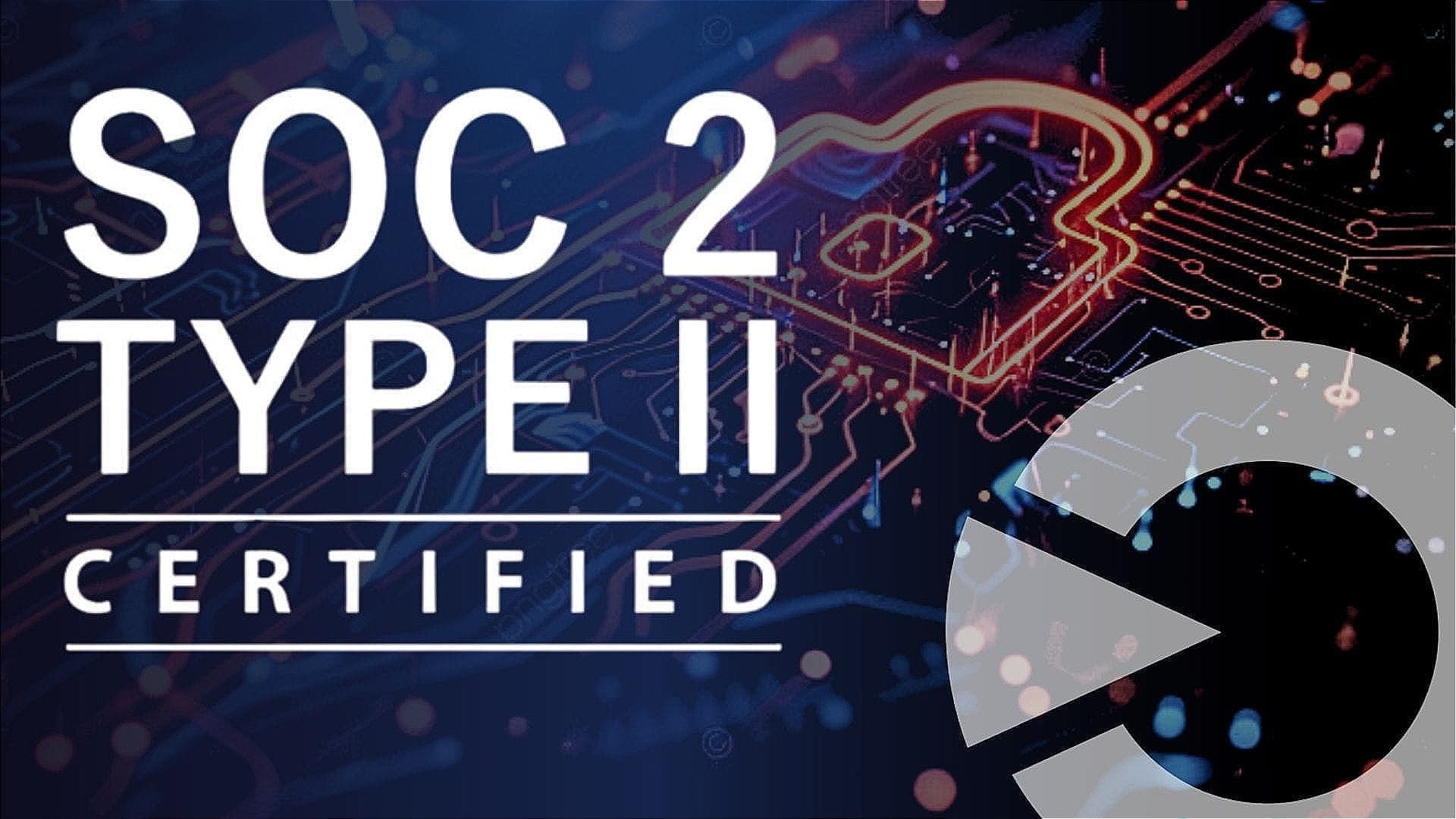
By leveraging our expertise at Outsight leading venue operators have achieved measurable improvements across multiple KPIs—from resource allocation efficiency gains up through enhanced customer loyalty scores.
Conclusion: The Future of Venue Operations with Spatial Intelligence
As smart venues continue evolving alongside rising expectations from guests worldwide regarding comfort, convenience, and security alike, the adoption of robust, reliable technologies like those underpinning today’s best-in-class implementations will remain key differentiators for success in tomorrow’s marketplace.
